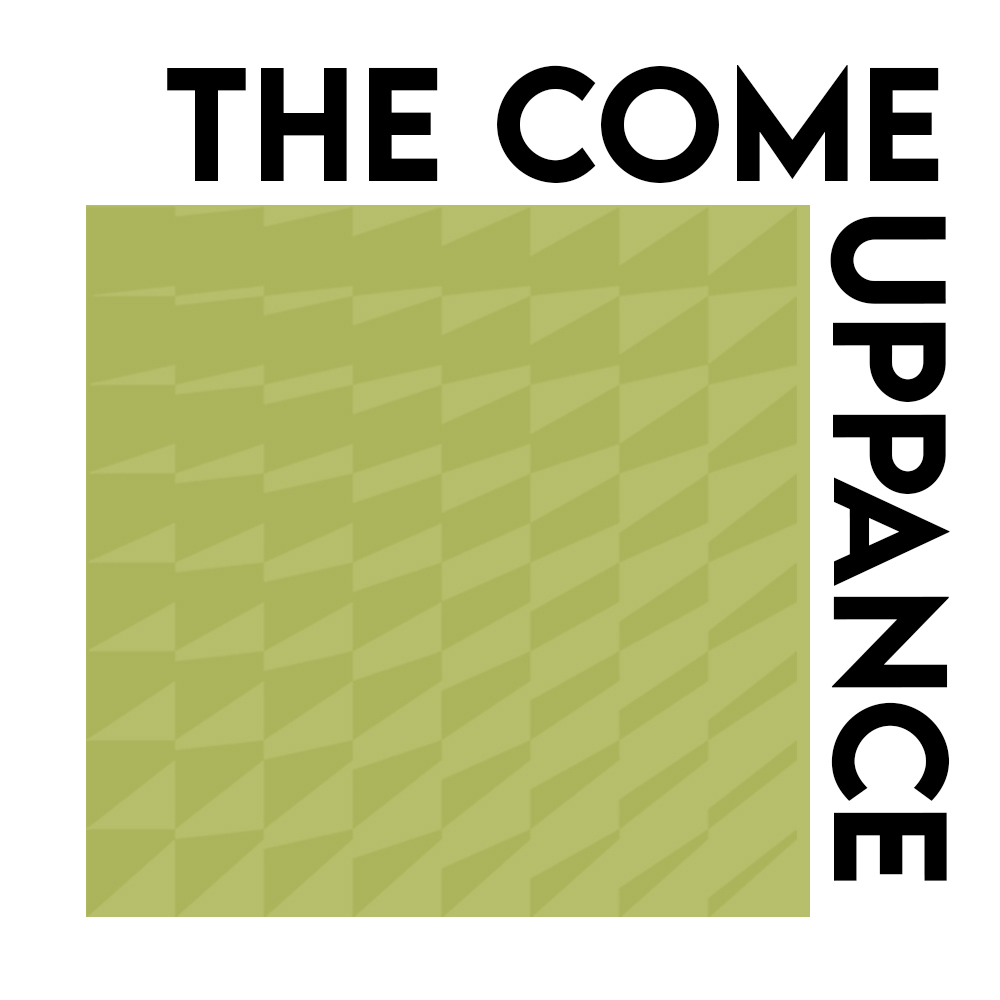
November 4, 2024

The theater is a place where artists and audience gather in one space to die together for a little while, to share the experience of time passing as we collectively drift towards oblivion. Branden Jacobs-Jenkins’ The Comeuppance can be seen as concretizing this ritual, with all-knowing Death assuming the form of each character in turn. The play is always operating on at least two levels—that of its prickly, punchy, largely naturalistic dialogue and that of this structural confrontation with mortality.
Jacobs-Jenkins has an abiding interest in reworking obsolete theatrical forms—Greek tragedy in Girls, the medieval morality play in Everybody, nineteenth-century melodrama in An Octoroon, American family drama in Appropriate. The Comeuppance is a more subtle exercise in genre-bending than these earlier works, but Death ultimately names the play’s dramaturgical antecedent, the danse macabre or “dance of death.” Though it also appears in medieval poetry and visual art, performing the danse macabre as an allegorical drama became particularly popular in the wake of the Black Death, the bubonic plague pandemic that decimated Europe in the fourteenth century.
Emphasizing the power of death as a leveler, the danse macabre was performed at village pageants, with figures representing various social classes and stations in life being led off to the grave by death, sometimes after putting up comic resistance. In the Middle Ages, those figures might have included a pope, an emperor, a maiden, laborer, child, and hermit, and their dance was often staged in a cemetery or churchyard.
Jacobs-Jenkins transposes the danse macabre to suburban Maryland in “the year of our Lord 2022.” His dancers include an artist, a doctor, wife, soldier, tech bro, and a hermit in the making. They have survived their own plague, the COVID-19 pandemic, and are staring down a cemetery of their own—their twenty-year high school reunion, which one character refers to as an “encounter with the brutal beatdown of time” and a “dark ritual of the soul” in which all are “confronted by the specter of their own mortality.”
If the pandemic enhanced our shared awareness of death as a great equalizer, The Comeuppance suggests, it has not necessarily left us with any enduring sense of our shared humanity. So close as teenagers, The Comeuppance’s characters reunite only to find themselves painfully fractured along various personal and political lines. Memory becomes contentious. Blame becomes blood sport. Yearning for unity, they instead find themselves polarized, reducing each other to the allegorical types trafficked in by high school students and cable news commentators—the “popular” guy, the effeminate “artiste,” the “blue lives matter-enthusiast COVID truther.”
Underneath these labels, of course, are complex human beings who have made uncomfortable compromises and been disappointed by life. In medieval times, the danse macabre stressed the importance of repentance to Christians by reminding them that death could come for them at any moment and that no one would escape judgment. In Jacobs-Jenkins’ contemporary update, the dancers resist such knowledge by judging each other and themselves, hurting the people they love in the process.
Scholars have puzzled over the emergence of the danse macabre at a moment in history when audiences had so little need to be “reminded” of their own mortality. Fourteenth-century Europeans faced not only the Black Death, but the Great Famine, the Hundred Years’ War, and widespread social violence. During the plague years, the average life expectancy was just 45. Some have suggested that, in addition to offering a warning, the danse macabre provided the comfort of laughing at death in the safe context of a performance.
The Comeuppance offers a similar kind of comfort along with its warning. The miseries its elder millennials reflect on enduring before their forties—Columbine, 9/11, the first Trump Administration, the overturning of Roe v. Wade—are not quite medieval-level, but they are miserable enough to make large swathes of a generation feel intermittently powerless in the face of mysterious, malevolent forces. Jacobs-Jenkins’ characters’ best weapon against their own pain and confusion is humor. Like their fourteenth-century forebears, they use levity to protect themselves, but also to connect with each other. The Comeuppance invites its audience to join in the dance and laugh at the things that scare us the most.
Below you’ll find resources that offer some context for the play—examples of earlier works of music, poetry, and visual art inspired by the danse macabre; an essay on artistic responses to the Black Death and the coronavirus; and several interviews with and profiles of Jacobs-Jenkins that provide a window into his process and preoccupations.
“Branden Jacobs-Jenkins: The playwright on the politics of theater,”The Yale Review
“The Playwright has a Few More Changes,”The New Yorker
“Branden Jacobs-Jenkins Is, and Is Not, Writing About Race,”The New York Times Magazine
“Branden Jacobs-Jenkins by Hilton Als,” Bomb Magazine
“Plague in the Time of Coronavirus,” Salmagundi
“Branden Jacobs-Jenkins’s First Time,” The Paris Review
“The Dance of Death,” Hans Holbein
“Danse Macabre,” Camille Saint-Saëns
“Danse Macabre,” Camille Saint-Saëns & Henri Cazalie